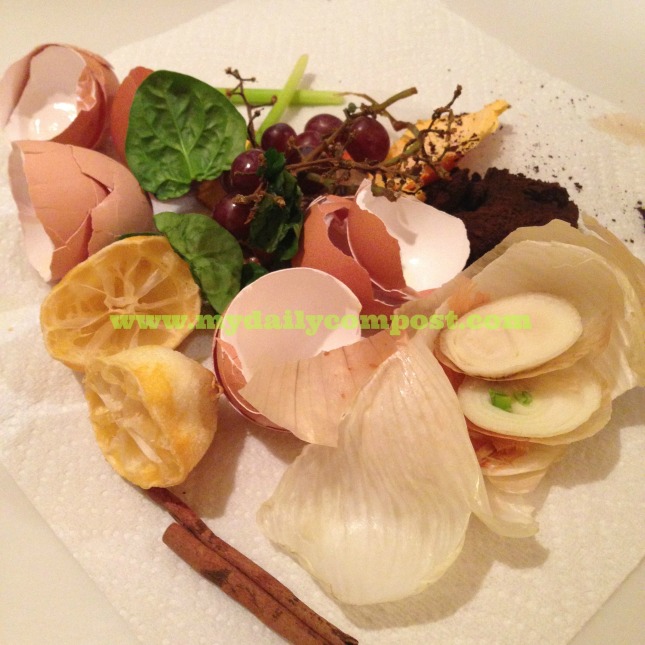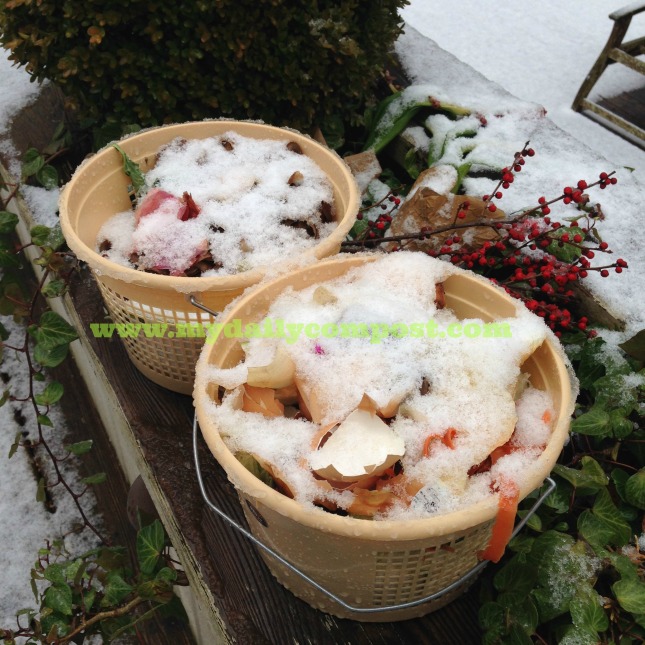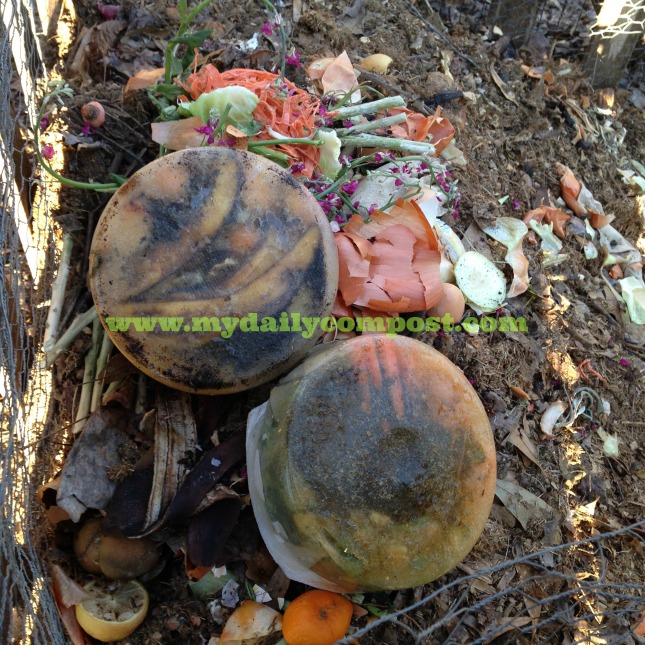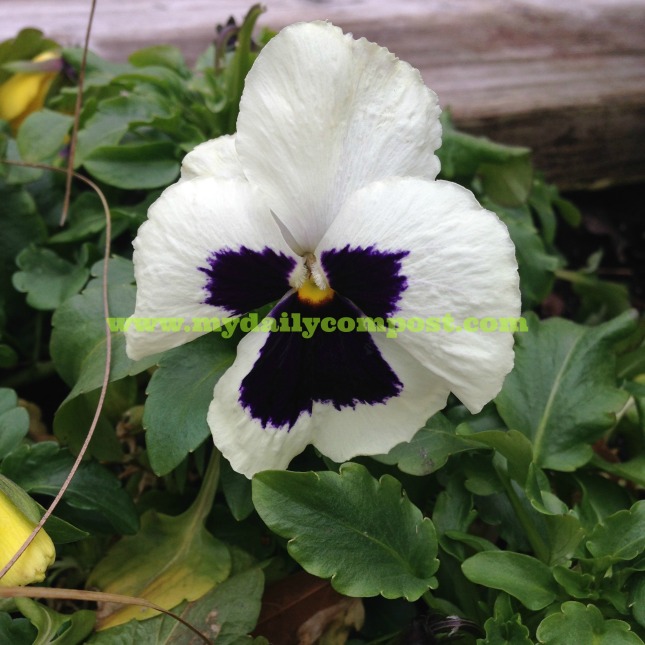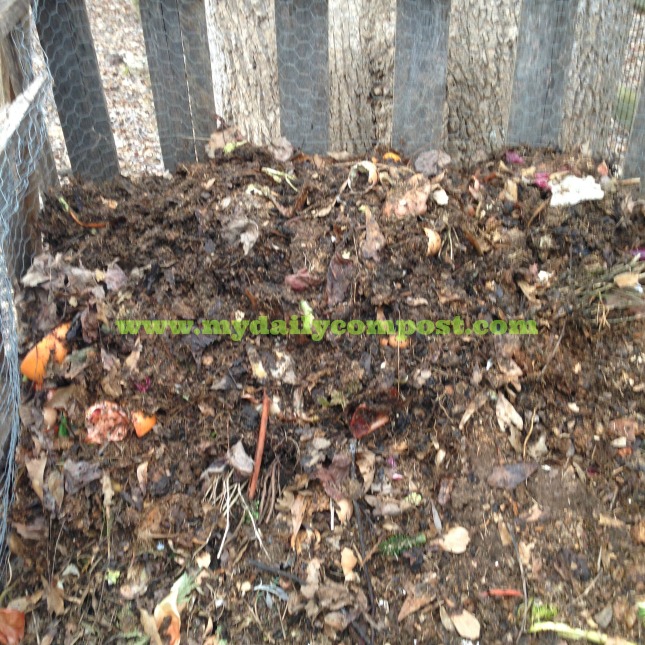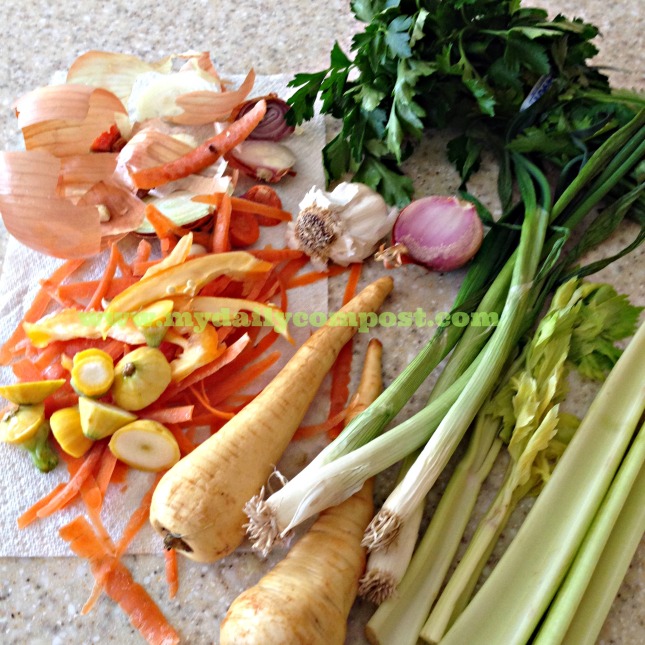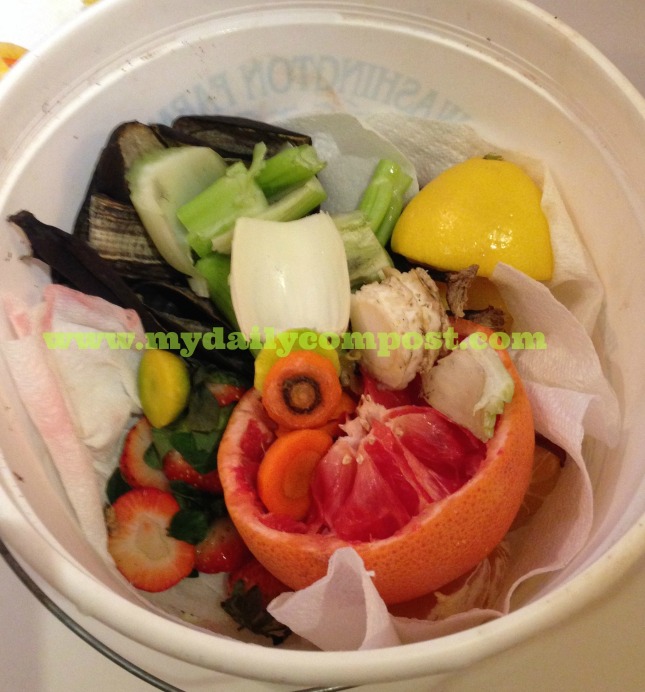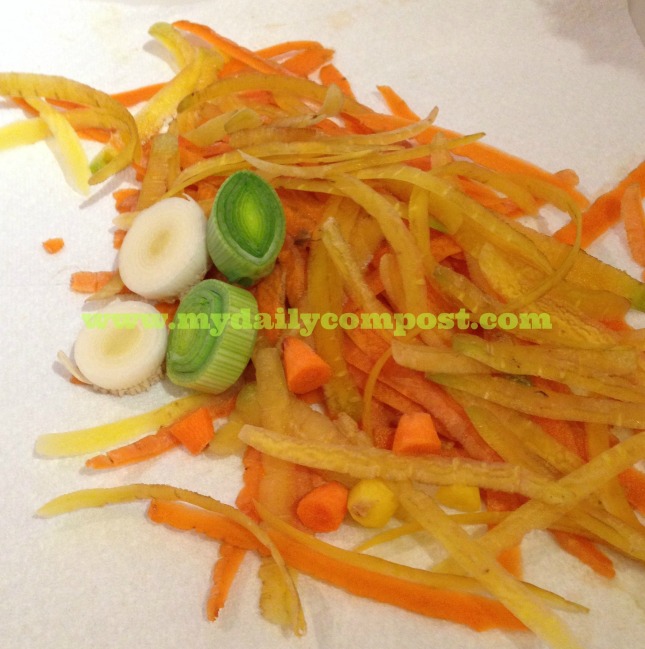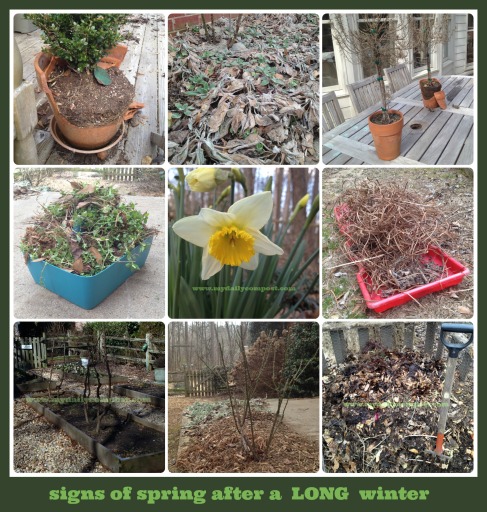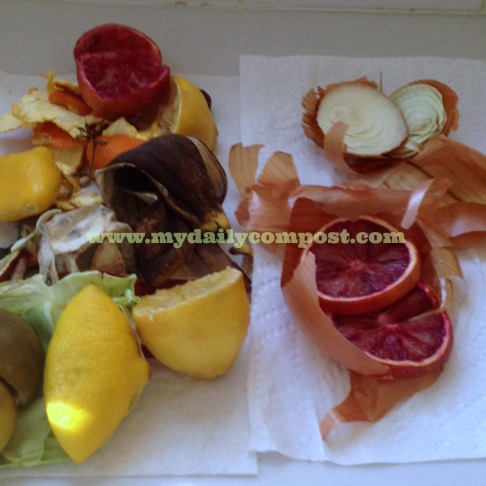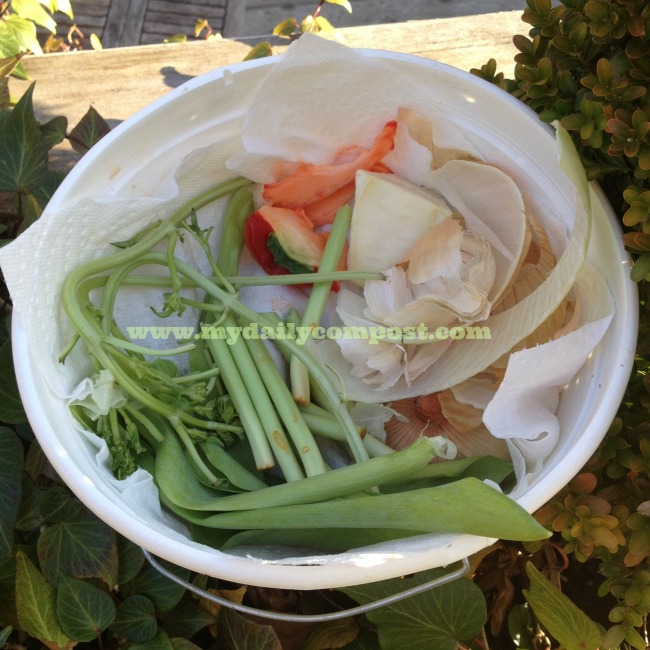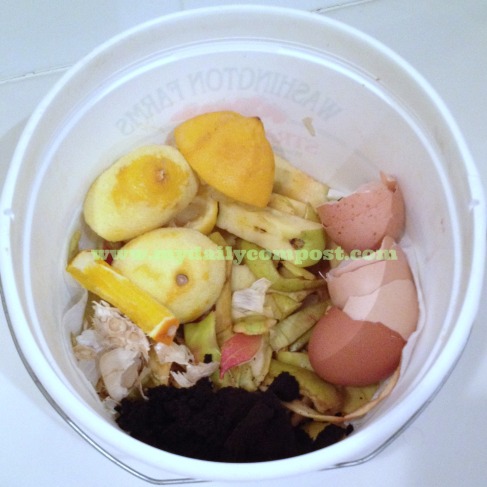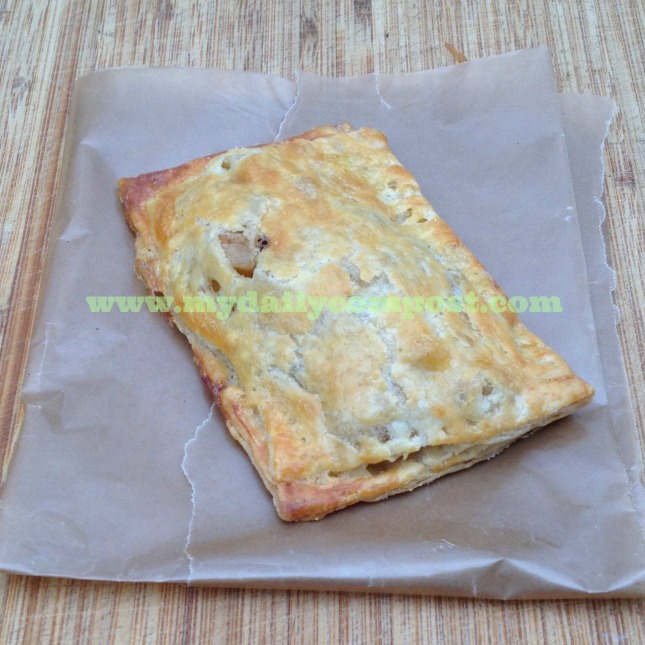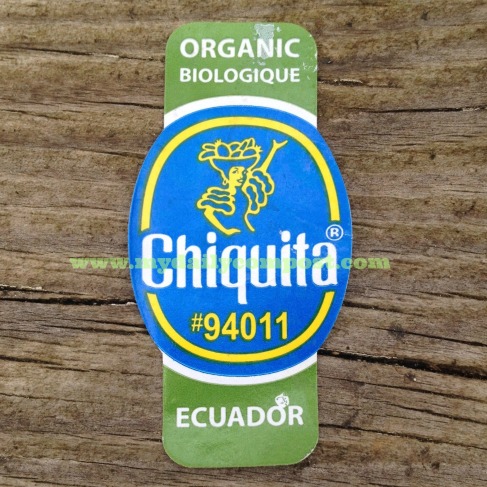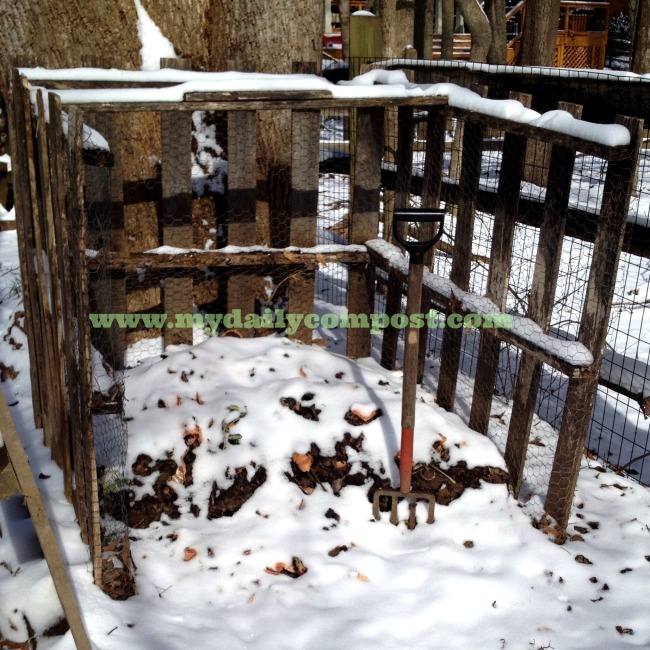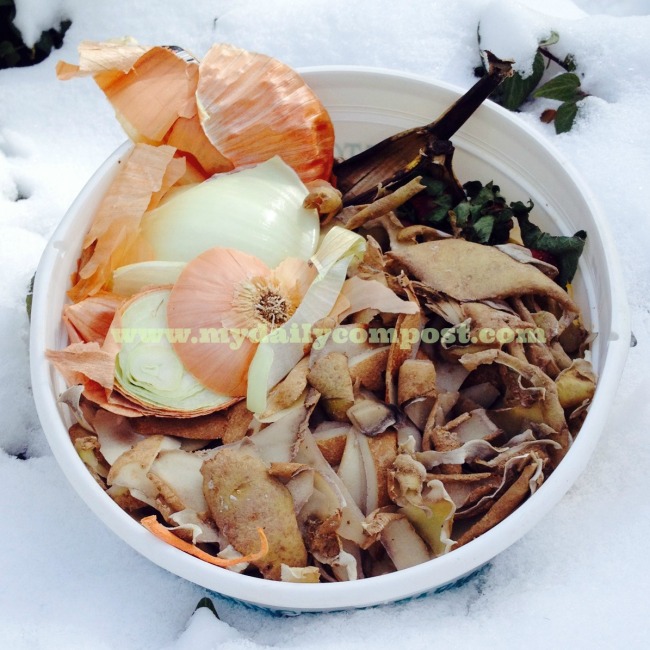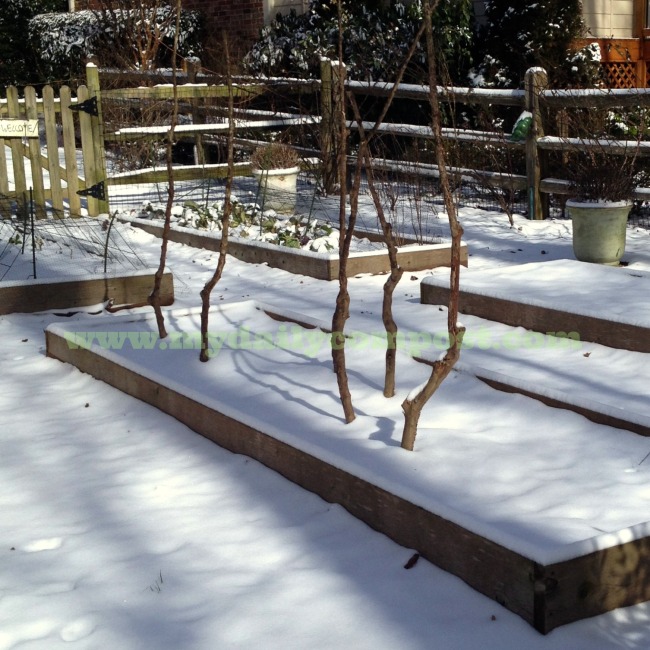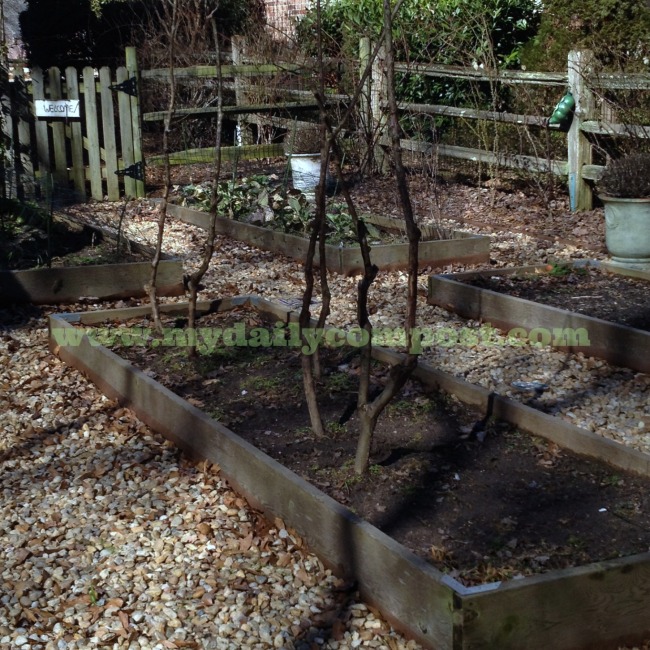So, it’s been a year and then some since my last post. Life, I guess.
What’s new? We’re a year older, hopefully a year wiser. Still composting right along. Here’s the garden layout this year:
 We’ve planted 24 tomatoes, 4 crookneck squash & zucchini, 8 assorted eggplant, beets, sweet potatoes, various cucumbers, edamame (ambitious), hot & sweet banana peppers, and basil, plus lots of seeds that haven’t sprouted yet including carrot sand bush beans.
We’ve planted 24 tomatoes, 4 crookneck squash & zucchini, 8 assorted eggplant, beets, sweet potatoes, various cucumbers, edamame (ambitious), hot & sweet banana peppers, and basil, plus lots of seeds that haven’t sprouted yet including carrot sand bush beans.
Aren’t the roses breathtaking? The red rose is William Shakespeare, a prolific, fragrant David Austin beauty and the gigantic pale pink climber in the trees is an old rose called Cecile Brunner. In a true recycling move, my husband fashioned a trellis/canopy from two old teak garden umbrella frames to prop up this giant rose. Ingenious, gorgeous and green.
Here’s the current state of the compost pile:
We hauled FOUR wheelbarrow loads of compost in early spring to enrich the vegetable beds and the roses (over 20 old bushes at last count) and I can report that the soil is absolutely beautiful in the boxes. Rich, dark, loamy and full of earthworms.
 But I digress. Starting with an empty box in February, we’ve already built up a huge quantity of kitchen scraps, clean garden scraps, old leaves and more. We’ve just started cutting the grass again, so the pile starts to build quickly. Notice the squash (I think) sprouting in the front by the shovel. I love re-seeds! When it gets a bit bigger I’ll transplant to a garden box.
But I digress. Starting with an empty box in February, we’ve already built up a huge quantity of kitchen scraps, clean garden scraps, old leaves and more. We’ve just started cutting the grass again, so the pile starts to build quickly. Notice the squash (I think) sprouting in the front by the shovel. I love re-seeds! When it gets a bit bigger I’ll transplant to a garden box.
Of course, it’s always a balance between green and brown. This time of year I’m keeping a pile of old leaves and dirt alongside the pile to balance things out. I’ve also added compostable containers (cut/tear into small pieces), coffee grounds and lots and lots and LOTS of eggshells.
On the food front, I’m on Day 15 of a Whole 30 food reset. If you’re a newbie, check out this link for all the details. Simply stated, it’s a strict elimination-style diet of protein and vegetables/fruit. That means a lot of scraps to compost! I felt great before, but I feel even better now. I guess my diet was pretty clean because I only suffered one day of discomfort and hit the “tiger blood” stage in the first few days. Hooray!
Here’s the latest compost bucket:
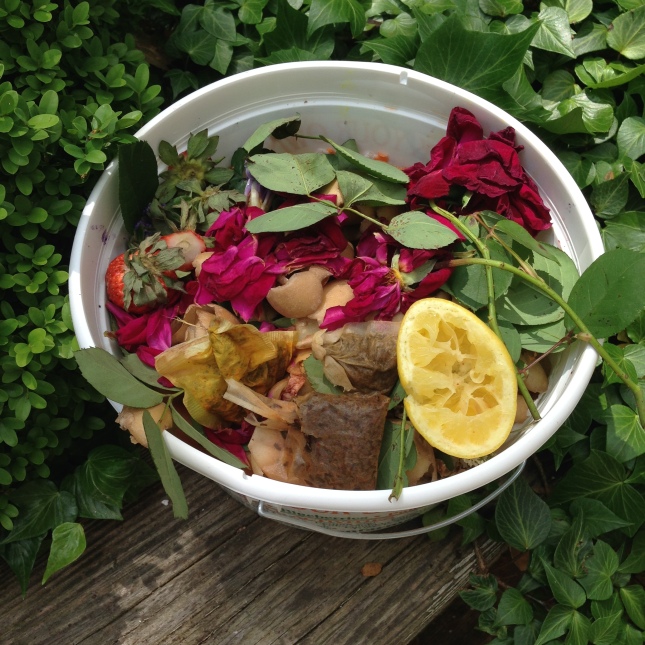
If you’d like to check out my Whole 30 progress complete with food and compost photos, follow me on Instagram at #mydailycompost.
Happy Spring y’all!
